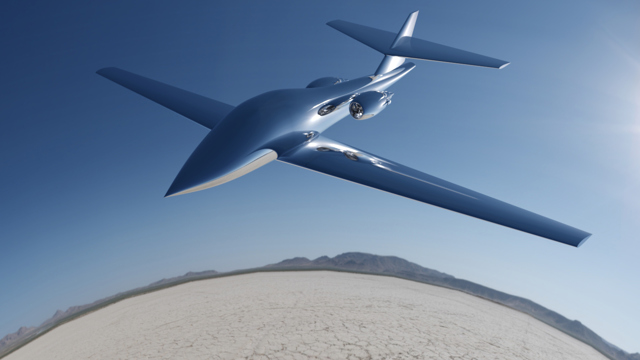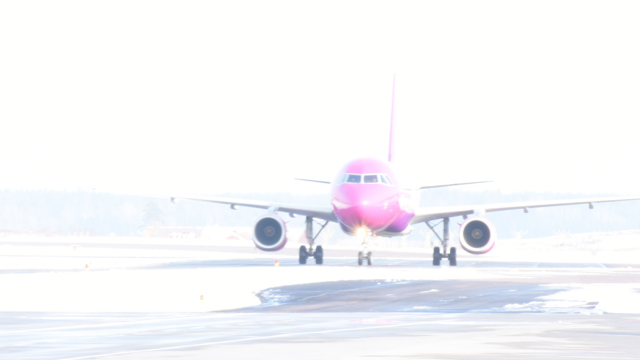The aircraft industry faces major challenges in the transition towards sustainable transportation. After graduating from this programme you will be qualified to work independently and take on a leading role in the development of tomorrow’s aircraft. You will be introduced to the entire design process, from conceptual design to the final prototype. Problem-based learning, with frequent use of interdisciplinary courses, is a central part of our teaching. Several courses follow the CDIO (Conceive – Design – Implement – Operate) philosophy. The latter part of the programme involves a project in which these disciplines come together as you and your fellow students will design, build and fly an aircraft, or a subscale version.
Contemporary tools
The first year of the programme deals with the fundamentals of aeronautics, such as aircraft design, aerodynamics, engineering system design, product modelling, and aircraft systems and installation. Throughout the programme, progression is important and a mix of elective and mandatory courses prepares you for the thesis in the final semester. The use of contemporary engineering design tools is extensive and necessary in a multidisciplinary field such as aeronautical engineering.
Three profiles
During the studies you will choose one of the following profiles:
- Aircraft Aerodynamics
The air flow around an aircraft affects its performance substantially. In order to achieve acceptable and competitive results, modelling and simulation are vital parts of the development process. In this profile you will study how the flow affects performance and how to systematically improve it using Computational Fluid Dynamics (CFD). Learning methodology is central. - Aircraft Structures
Reducing the weight of the aircraft is a classic challenge. The structural modelling, design and analysis of the components, in relation to the strict weight, strength and fatigue requirements placed on these components, are addressed in this profile. The final project involves the design and computational analysis of a component with relevance to the aircraft industry. - Aircraft Systems Design
This profile teaches the holistic design concept, from customer needs to design parameter/characteristics and vehicle performance. This includes several courses focusing on overall and detailed design, but also engineering skills for modelling, simulation, and design analysis. You will also learn about systems engineering, in particular the technology and system architecture engineering of on-board propulsion, electric, and hydraulic systems.
Industry affiliations
Linköping is one of few places in the world where aircraft are designed and manufactured. There are several aeronautical and military aviation businesses in the city, most notably Saab, the producer of the Gripen aircraft and a tier-1 partner to Airbus and Boeing, various UAV manufacturers, and space company Beyond Gravity (former RUAG). As a student you will benefit from our location through close research collaboration between the university, the aerospace industry and our industry-affiliated teachers. Linköping University’s central position within aeronautical engineering is also manifested through our hosting of the Swedish Aerospace Research Center (SARC), which incorporates multiple collaborations with worldwide research actors.


